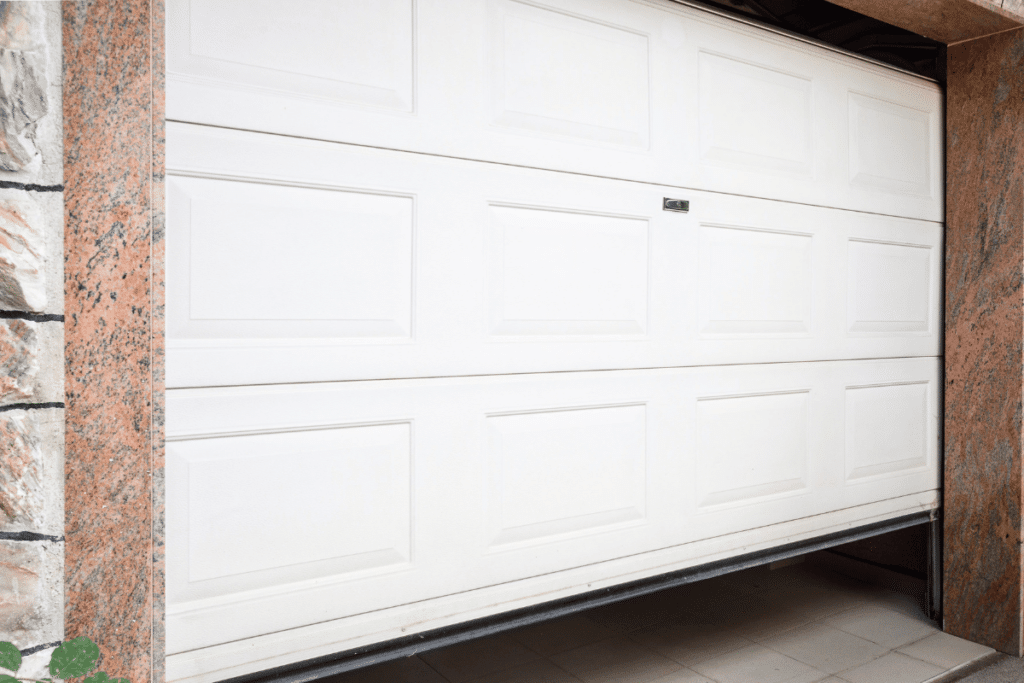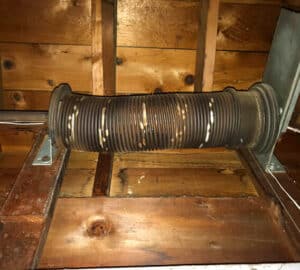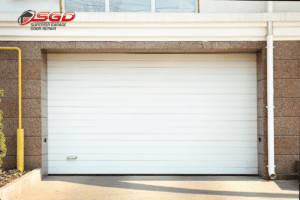As a homeowner, you may not give much thought to the trim seal on your garage door. However, installing a quality garage door trim seal can provide numerous benefits that can greatly enhance the functionality and efficiency of your garage. In this article, I will discuss the importance of having a quality garage door trim seal and the various benefits it can offer.
Importance of having a quality garage door trim seal
A garage door trim seal serves as a barrier between your garage and the outside world. It helps to keep unwanted elements such as dust, dirt, pests, and insects from entering your garage. Without a proper seal, these elements can easily find their way inside, causing damage to your belongings and creating an unclean and unpleasant environment.
Another important reason to have a quality garage door trim seal is to enhance the energy efficiency of your home. A well-sealed garage door can prevent air leakage, which can result in heat loss during the winter and heat gain during the summer. This can lead to increased energy consumption and higher utility bills. By installing a garage door trim seal, you can ensure that your garage remains well-insulated, helping to maintain a comfortable temperature inside and reduce your energy costs.
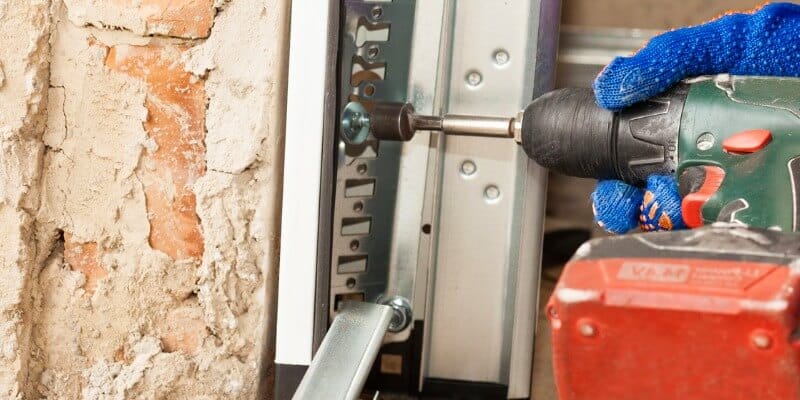
Benefits of installing a garage door trim seal
Improved energy efficiency with a garage door trim seal
One of the primary benefits of installing a garage door trim seal is improved energy efficiency. A quality seal creates an airtight barrier, preventing drafts and air leakage. This means that your garage will stay cooler in the summer and warmer in the winter, reducing the need for excessive heating or cooling. As a result, your energy consumption will decrease, leading to lower utility bills and a more sustainable home.
Protection against pests and insects
Garages are often a haven for pests and insects, who are attracted to the shelter and potential food sources. However, a garage door trim seal acts as a deterrent, preventing these unwanted guests from entering your garage. By sealing off any gaps or openings, you can effectively keep pests and insects at bay, protecting your belongings from damage and ensuring a clean and hygienic environment.
Enhanced security and protection from weather elements
A quality garage door trim seal provides an additional layer of security for your home. By sealing off any gaps or cracks around the garage door, you make it more difficult for potential intruders to gain access to your property. Additionally, a well-sealed garage door can protect your belongings from extreme weather conditions such as rain, snow, and wind. This can prevent water damage and ensure that your garage remains a safe and secure space.
Noise reduction with a garage door trim seal
If you use your garage as a workshop or a recreational area, noise reduction is an important consideration. A garage door trim seal can help to minimize the amount of noise that escapes from your garage, providing a quieter and more peaceful environment. This is particularly beneficial if you live in a residential neighborhood or have adjacent rooms that may be disturbed by the noise generated in your garage.
Easy installation and maintenance of garage door trim seals
Installing a garage door trim seal is a relatively simple process that can be done by most homeowners. Many trim seal kits come with detailed instructions and all the necessary hardware, making it a DIY-friendly project. Additionally, garage door trim seals require minimal maintenance. Regular cleaning and occasional lubrication of the seal can help to prolong its lifespan and ensure its optimal performance.
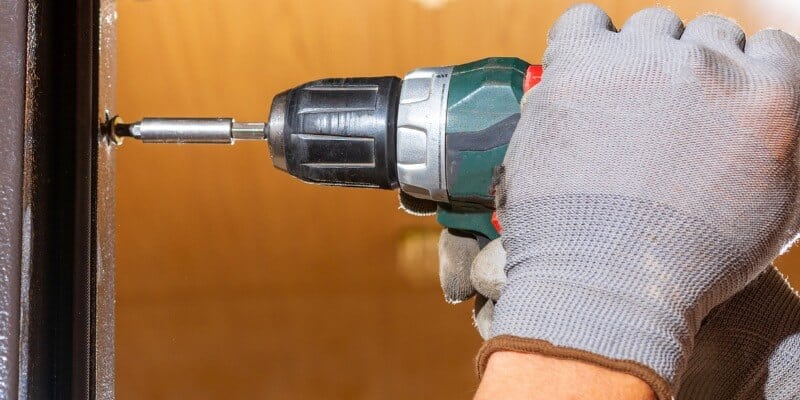
Different types of garage door trim seals available
There are several types of garage door trim seals available on the market, each designed to suit different needs and preferences. Some of the most common types include:
- Bottom seals: These seals are installed at the bottom of the garage door and provide a barrier against drafts, pests, and water intrusion.
- Side seals: These seals are placed along the sides of the garage door and help to eliminate gaps between the door and the frame, ensuring a tight seal.
- Top seals: These seals are installed at the top of the garage door and help to prevent air leakage and protect against weather elements.
- Threshold seals: These seals are installed at the threshold of the garage door, creating a tight seal between the door and the ground.
When choosing a garage door trim seal, consider factors such as the climate in your area, the level of insulation you require, and the type of garage door you have. Consulting with a professional or doing thorough research can help you make an informed decision.
Conclusion
Installing a quality garage door trim seal is a wise investment that offers numerous benefits. From improved energy efficiency and protection against pests to enhanced security and noise reduction, a garage door trim seal can greatly enhance the functionality and efficiency of your garage. With various types of trim seals available, you can choose the one that best suits your needs and preferences. So, don’t overlook the importance of a garage door trim seal and enjoy the many advantages it brings.
FAQs
How do I know what type of garage door seal I need?
Determining the type of garage door seal you need depends on various factors such as the type of garage door you have, the climate in your area, and your specific requirements. It is advisable to consult with a professional or do thorough research to identify the most suitable seal for your garage door.
What is the strip at the bottom of the garage door called?
The strip at the bottom of the garage door is called a bottom seal or a threshold seal. It is designed to create a barrier against drafts, pests, and water intrusion.
How do I know what size garage door seal to buy?
To determine the size of the garage door seal you need, measure the width and height of your garage door. Most garage door seal kits come in various sizes, allowing you to choose the one that matches the dimensions of your door. If you are unsure, consult with a professional or refer to the manufacturer’s guidelines for accurate sizing.


